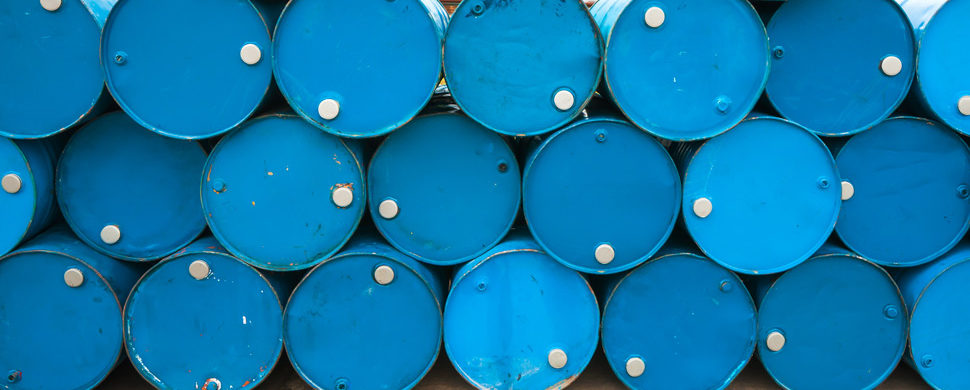Storing hazardous substances
29 december 2016

Solving these issues requires expertise. At first glance, the storage of hazardous substances wouldn’t seem that complicated. Aren’t there clear guidelines for this? Lots of companies apply these rules and don’t seem to have any problems, right? Actually, it’s not that simple: satisfying national and international regulations for hazardous substances is often a major challenge according to frans stoop, sr. Fire protection consultant at Riskonet. “At Riskonet, we help identify and solve problems.”
Typically, the national and international rules for hazardous substances are often clear enough. “The challenges facing our clients have to do with situations that are just a little bit different to the ones stated in the guidelines. In these borderline cases, the trick is to interpret them correctly. That’s where we come in,” says Frans Stoop.
One of the assignments that the experts at Riskonet often take on is to draw up an appropriate fire protection principles document (PD). “This is an important document in which the client explains to government and other authorities how he is going to make his building or property safe enough to satisfy the guidelines. The PD is the basis for the next steps that include obtaining a permit and drawing up specifications or a project description.”
Specifications with construction drawings
Specifications are the documents that contractors and installation technicians use as instructions, explains Stoop. “Our clients often ask us to draw up the specifications, complete with the written document and construction drawings. In these, we describe not only the measures needed to meet the PD but also the measures the client wants to apply to meet company standards and any requirements relating to serviceability and lifespan. The latter are important for keeping maintenance costs down for as long as possible: for us, including these total costs of ownership – TCO – in the design is standard practice.”
Analysis and interpretation
When is a situation complicated enough to warrant having the Riskonet experts conduct a thorough analysis and interpretation? Stoop uses the classification of goods as an example: “Suppose the client will be receiving a hazardous substance that he has never stored before. He wonders, however, if this substance can be stored in one of his existing storage spaces and, if so, which one? Will he have to take additional measures? This is an example of when a situation requires experience and expertise.”
Another challenge involves what are known as ‘equivalencies’. Stoop: “We often come across combinations of goods and storage spaces that don’t exactly fit all the stipulations in a safety requirement. In this case, Riskonet examines whether similar factors could compensate such a deficiency. If such an equivalency can’t be found, perhaps a minor intervention could result in creating it.”
Experience and expertise
The largest category of hazardous substances is comprised of flammable liquids. The safe storage of flammable liquids is often ensured by satisfying the requirements in the American NFPA 30 ‘Flammable and Combustible Liquids Code’. This is the most commonly used standard for this category of substances, and it’s used not only in the United States but also throughout the world. Talking about experience and expertise: Tom de Nooij, Riskonet’s managing partner, is an expert in this field and the only European member of the cluster of NFPA committees that keeps track of this standard and periodically revises it.
Discussions about fire extinguishing systems
Frans Stoop points out that the choice of fire extinguishing systems can lead to discussions. As a whole, the rules are explicit, but applying them to actual situations is sometimes difficult: which fire extinguishing system would provide the most practical and most flexible solution to fire safety, especially when a storage space contains substances with a range of characteristics?
The expert mentioned an example from his own consultancy practice. “A client wanted advice about a cold store that had been equipped with a gas extinguisher system for fire protection. This system, however, had been activated at unpredictable times, sometimes as the result of condensation on the detectors that occurred when the roller door was opened. This was just one of the reasons why the client wanted to get rid of this gas extinguisher system. It turned out that the goods being stored could also be protected by means of a pre-action sprinkler system to which a different detection system could be added.”
A sensible solution
Riskonet revised the PD, drew up specifications with construction drawings, and supervised the implementation, explains Frans Stoop. “As this example shows, questions about the storage of hazardous substances don’t always have a simple answer. Experience and expertise are sometimes indispensable for arriving at a solution that’s both sensible and cost-effective.”





